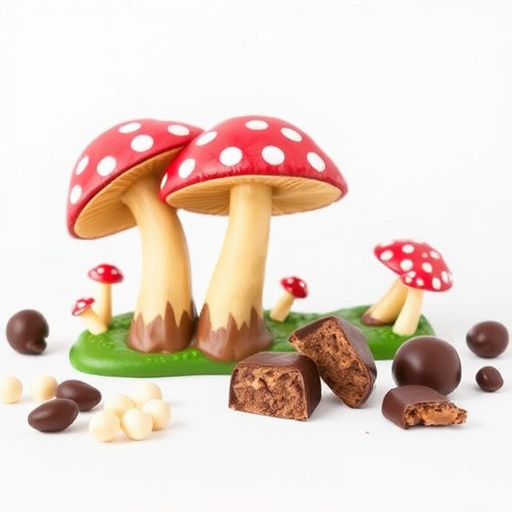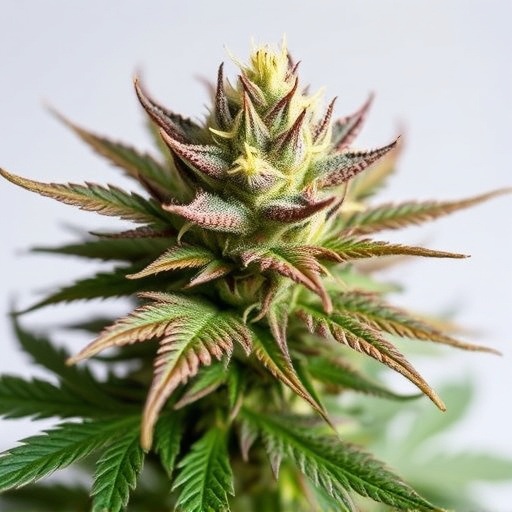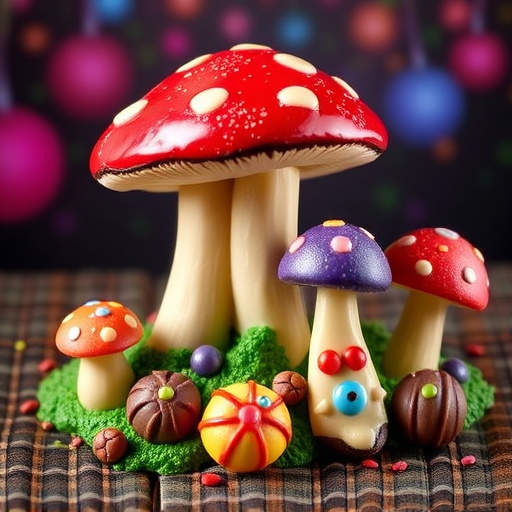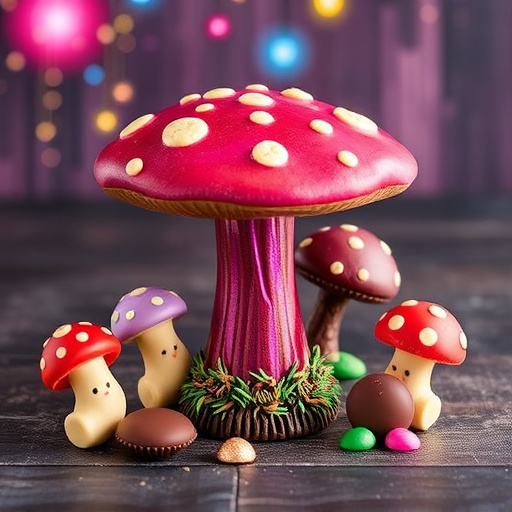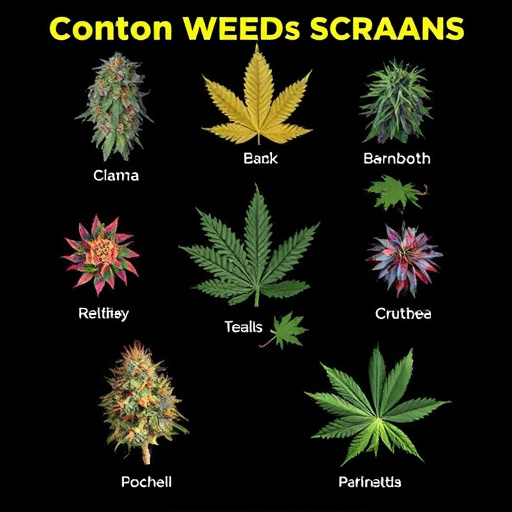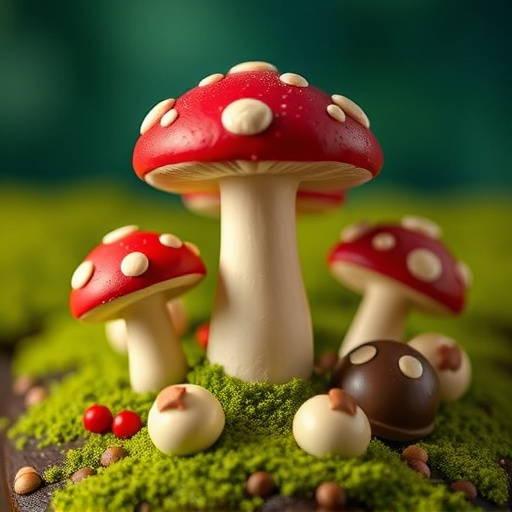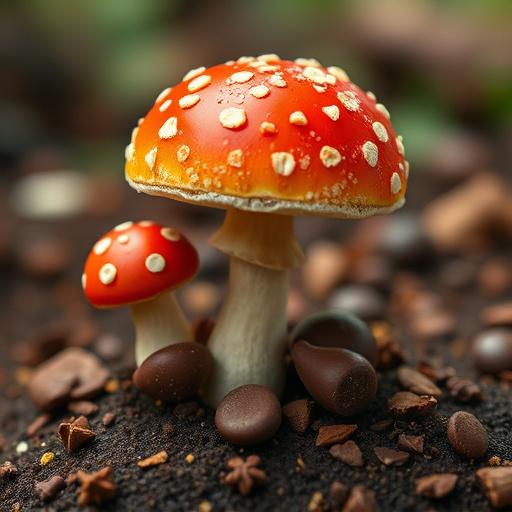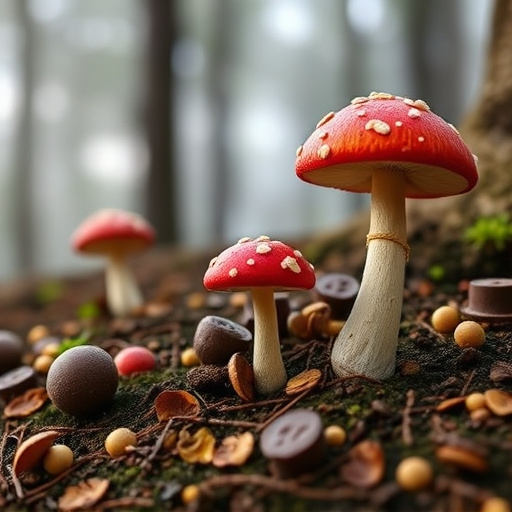Evaluating magic mushroom chocolates requires prioritizing safety, consistency, and quality assurance. Reputable brands employ rigorous testing for potency, flavor, and safety, including screening for contaminants and psychactive compounds. While ongoing research explores the long-term effects, current studies suggest therapeutic potential for depression, anxiety, and PTSD in controlled settings. Third-party lab testing is crucial for verifying content, dosage, preparation methods, and individual tolerances, minimizing risks. Consumers should critically examine labels, understand ingredients (including mushroom sources), and research both short-term experiences and long-term effects in this emerging market.
“Unveiling the enchantments of magic mushroom chocolates requires a balanced approach, considering both their captivating promises and potential pitfalls. This comprehensive review delves into the intricate world of these psilocybin-infused treats, examining critical aspects like safety and consistency through third-party lab testing and transparent labeling. We explore the short-term and long-term effects, from creativity boosts to mental health considerations, weighing benefits against risks for informed decision-making. Embrace a responsible journey into the microdosing realm with insights tailored for both curious consumers and seasoned psychonauts.”
- Safety and Consistency: Evaluating Quality Assurance in Magic Mushroom Chocolates
- – Discussing the importance of third-party lab testing for psychotropic compounds.
- – Examining product labels and ingredients to understand what you're consuming.
Safety and Consistency: Evaluating Quality Assurance in Magic Mushroom Chocolates

When it comes to evaluating magic mushroom chocolates, safety and consistency are paramount. Quality assurance is a cornerstone of any reputable brand’s production process. Reputable manufacturers employ rigorous testing methods to ensure each batch maintains consistent potency, flavor, and safety standards. This includes screening for potential contaminants and verifying the presence of psychactive compounds at labeled concentrations.
The long-term effects of magic mushroom chocolates are a topic of ongoing research. As with any psychedelic substance, individual experiences can vary widely based on factors like dosage, setting, and personal mindset. However, studies suggest that psilocybin, the active compound in magic mushrooms, has potential therapeutic benefits for conditions such as depression, anxiety, and PTSD when administered under controlled, clinical settings. Understanding these long-term effects is crucial for both consumers and healthcare professionals alike.
– Discussing the importance of third-party lab testing for psychotropic compounds.

When it comes to psychotropic compounds like those found in magic mushroom chocolates, ensuring product safety and quality through third-party lab testing is paramount. This independent verification process plays a crucial role in safeguarding consumers from potential risks associated with untested products. By analyzing samples for their content, including active compounds and contaminants, labs provide critical data that helps consumers make informed decisions. Furthermore, long-term effects of magic mushroom chocolates can vary greatly based on dosage, preparation methods, and individual tolerance, making third-party testing even more essential. It ensures that what you’re consuming aligns with the product’s label claims, minimizing unexpected side effects or adverse reactions.
– Examining product labels and ingredients to understand what you're consuming.
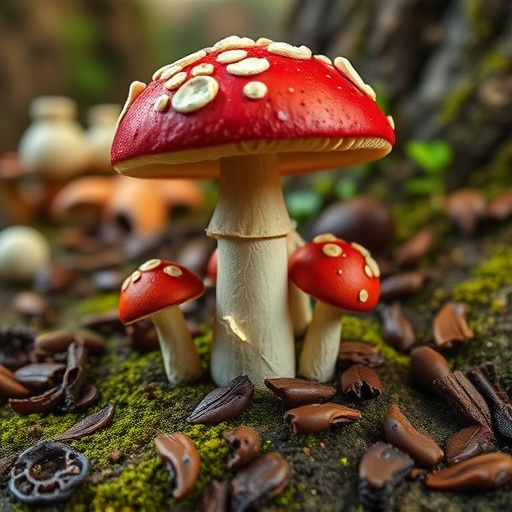
When delving into the world of magic mushroom chocolates, examining product labels and understanding the ingredients is paramount. These delicate treats often blend psychedelic compounds with delicious chocolate, promising unique experiences. However, beyond the allure lies a critical need to know what you’re consuming. The long-term effects of magic mushroom chocolates are not well-documented, with most studies focusing on the immediate impact of psilocybin, the active compound in magic mushrooms. Yet, as the market expands, so does our responsibility to critically assess claims and prioritize safety.
Ingredient lists can offer insights into potential interactions and side effects. Some brands may use additives or fillers that could enhance or alter the experience. Additionally, understanding the source of the mushrooms is essential; wild-grown varieties might carry varying levels of potency and contaminants compared to cultivated ones. As consumers, we must be our own advocates, researching not just the sweetness but also the potential long-term consequences, ensuring informed choices in this emerging market.
In conclusion, while magic mushroom chocolates offer a novel way to experience the potential benefits of psilocybin, it’s crucial to approach them with informed caution. Understanding the long-term effects and prioritizing brands that prioritize safety through rigorous third-party lab testing and transparent labeling is essential. By doing so, consumers can navigate this emerging market with confidence, ensuring a positive and consistent experience.
